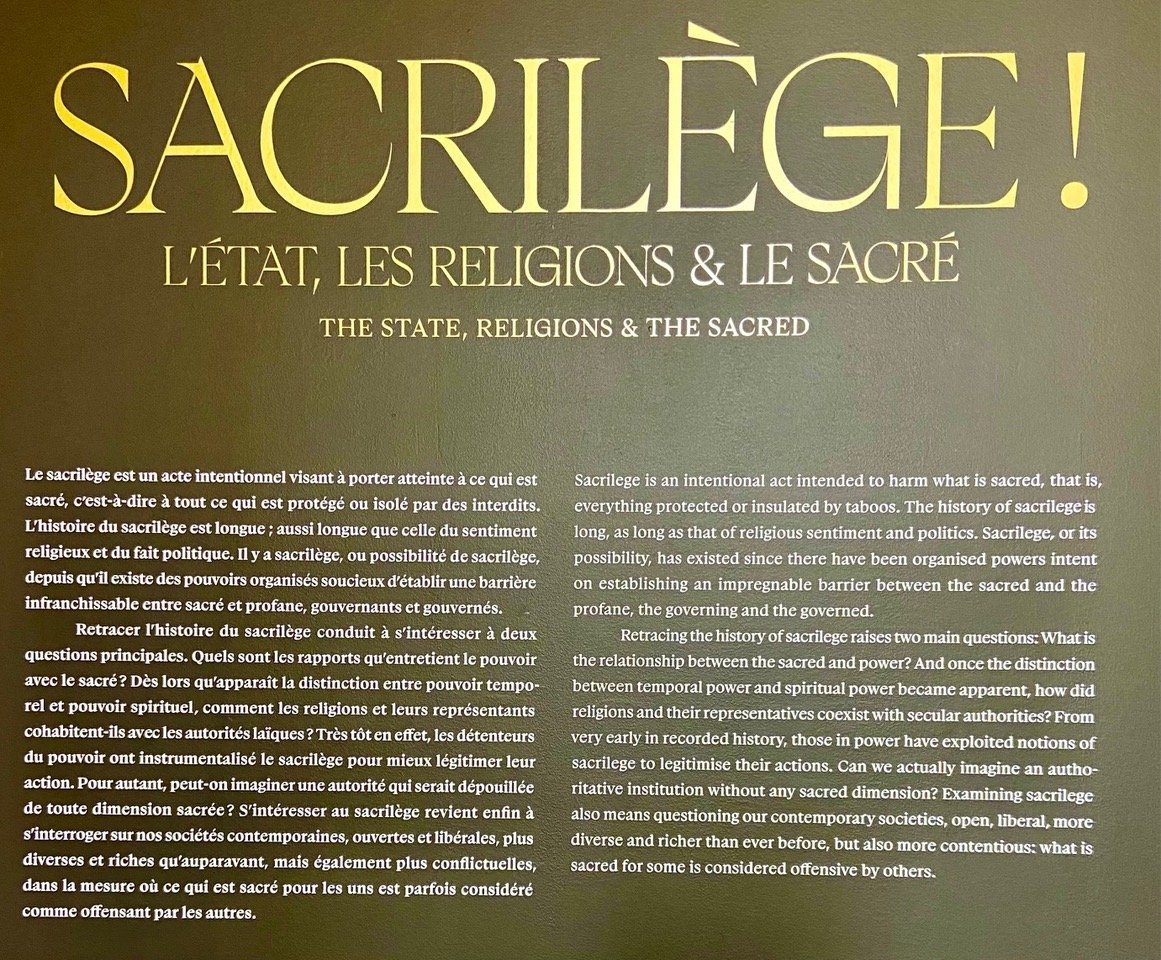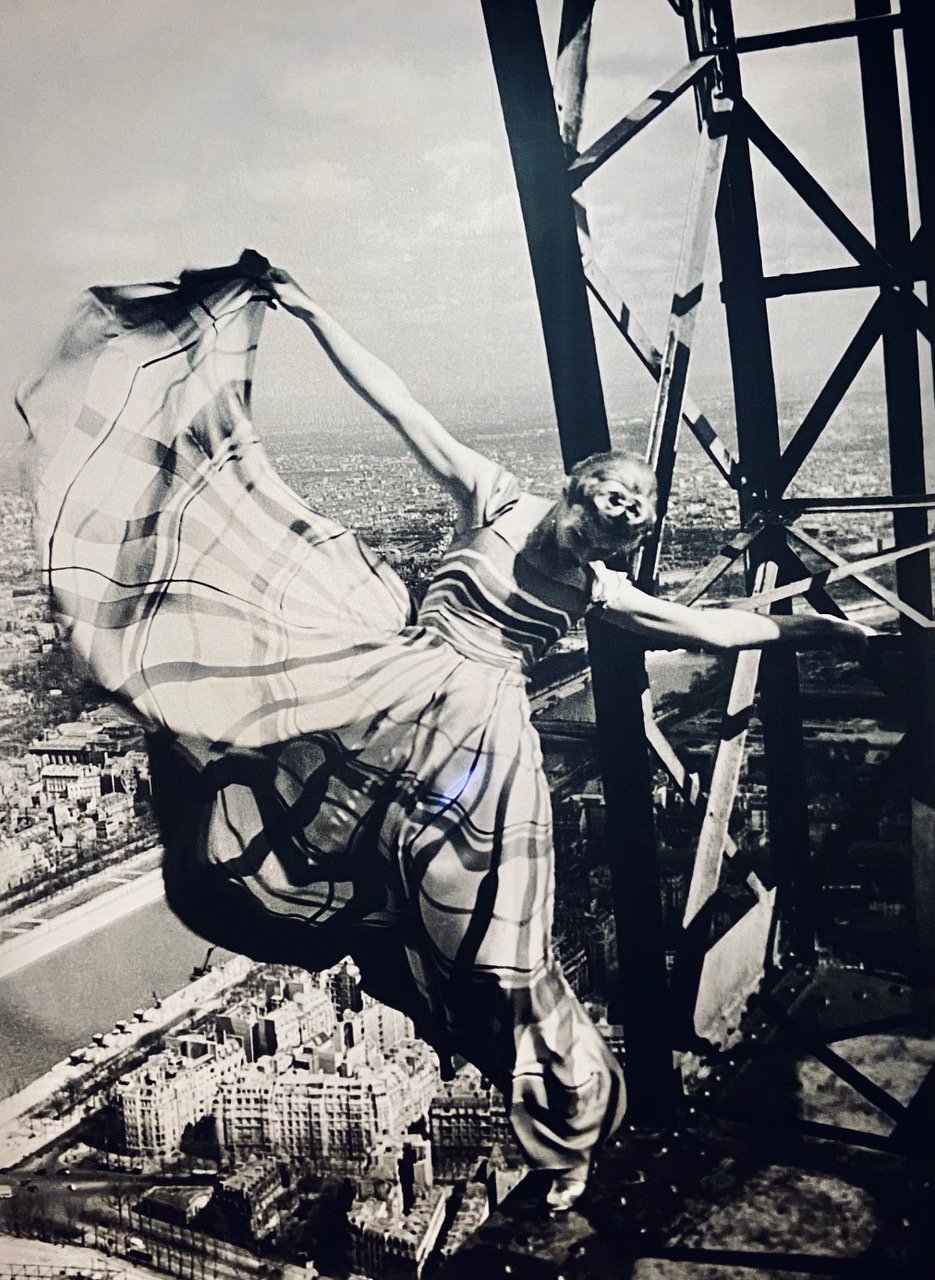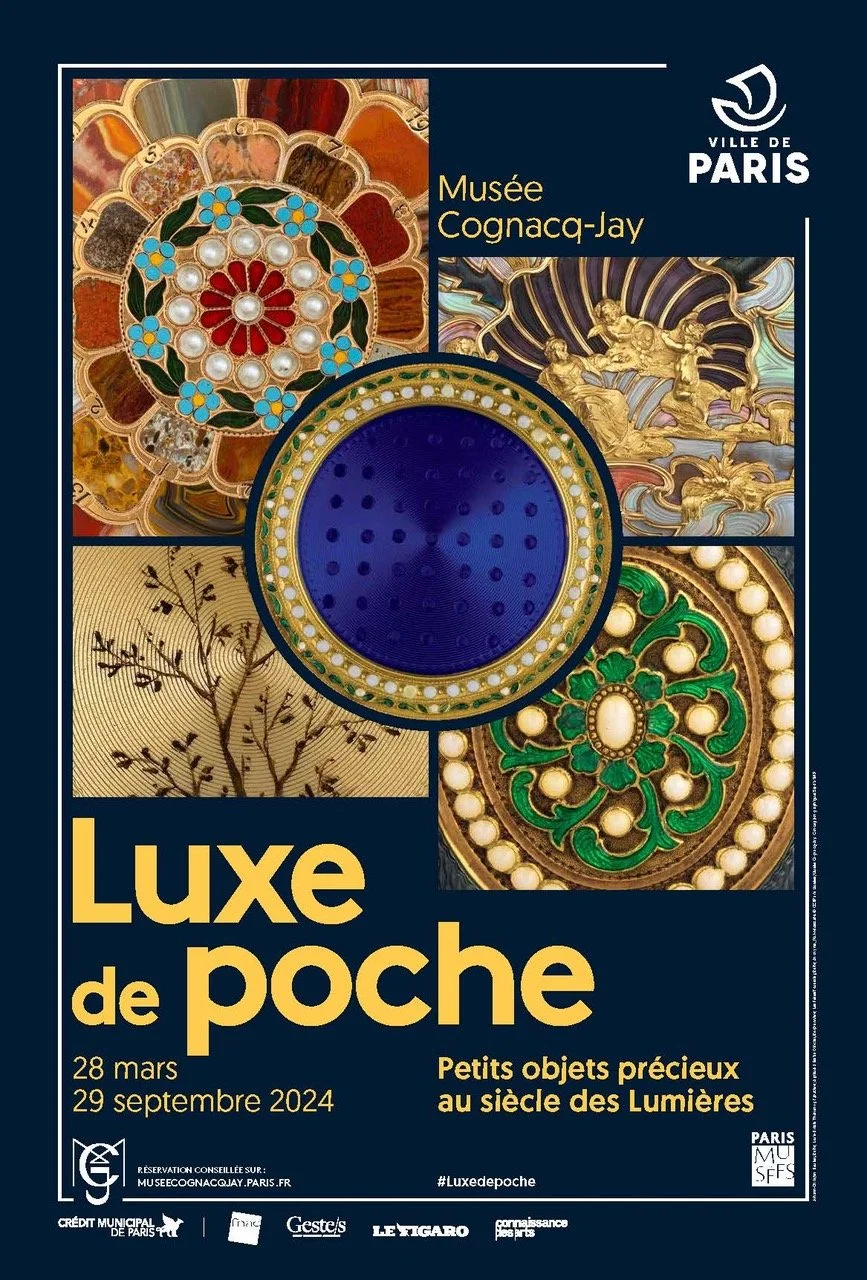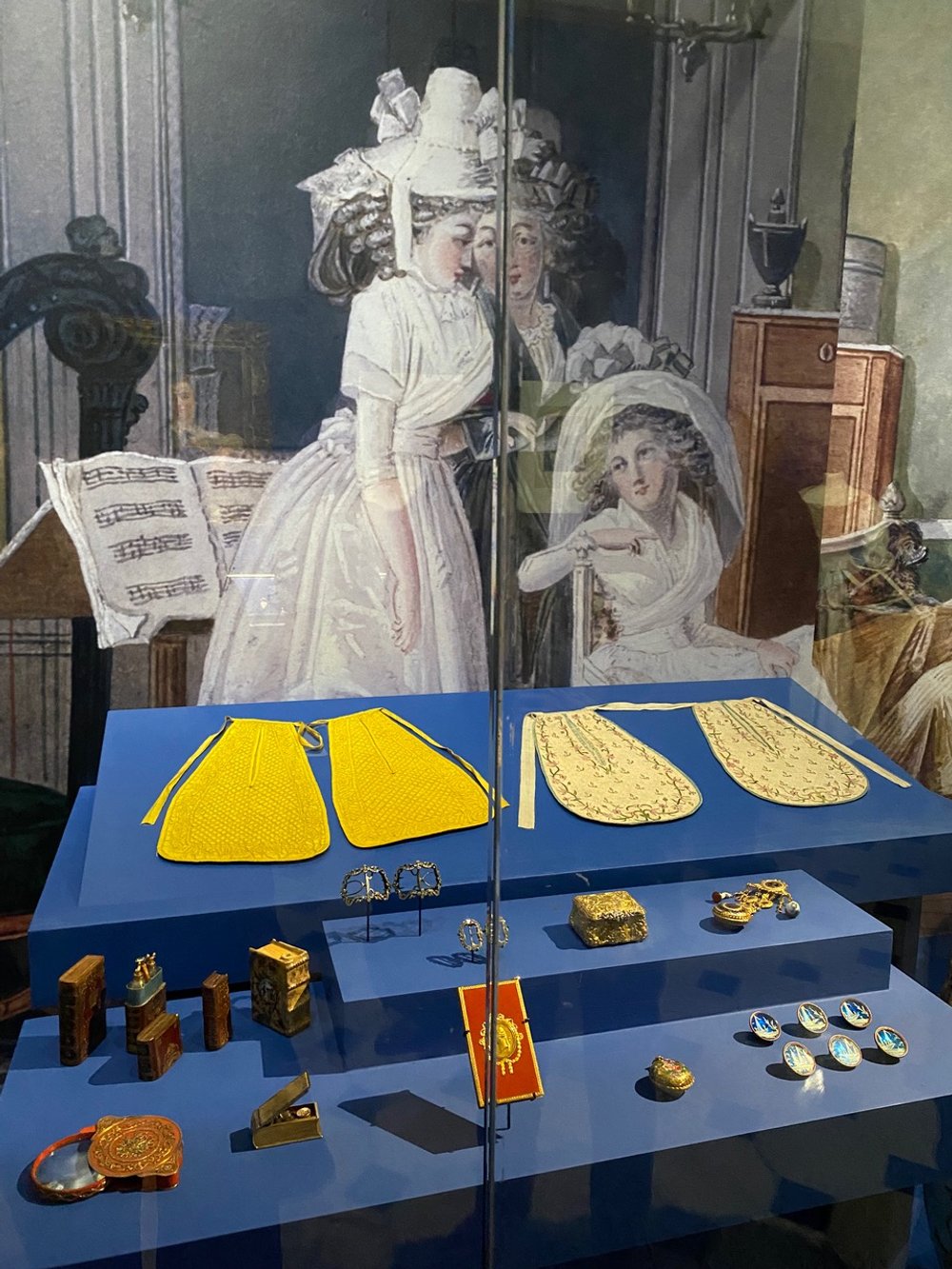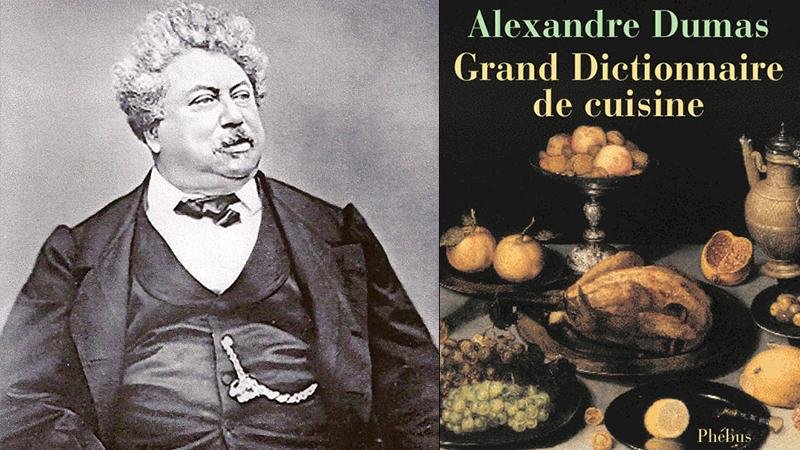Hanging in the Hood: April in Paris
Newsletter 04.21.2024
Bienvenue and welcome back to Musée Musings, your idiosyncratic guide to Paris and art. On either side of my very difficult week in the Perigord, I was here in Paris, running around like crazy. Making up for lost time, I guess. Seeing exhibitions, eating ice cream and listening to concerts. It’s just so darn easy to live in Paris!
I begin with boulangeries. Since it opened a couple years ago, my favorite boulangerie has been Brigat. (Fig 1) Because it’s so close - 1/2 block from the Place des Vosges. And so good - I love their bread and their flans and their crumbles. And their miniature pissaladières -caramelized onion, anchovies and black olive pizzas - one of the many delicious specialities of Nice. They don’t make theirs with pizza crust (which I use when I make it), but with a light and feathery feuilletée crust.
Figure 1. Brigat, my favorite boulangerie, 1/2 block from Place des Vosges
At the end of February, a paper was posted on their door - the boulangerie would beclosed for a month! I didn’t know what I was going to do for, well, for bread. And then I remembered MieMie, which is just as close but in a less interesting direction. It’s where I purchased buns one time when Maison Landemaine on Blvd Beaumarchais was out of them. I only need buns when I have a hankering for hamburgers. I had assembled everything I needed - ground beef, tomatoes, onion, bacon, cheddar cheese, ketchup - but then I couldn’t find any buns.
One option was not the supermarket. Buns that you buy at a boulangerie, (which I do) are definitely not Harry’s that you buy at a supermarché, (which I do not do). Buns at a boulangerie are pain de mie (which is what Wonderbread wishes it could be) shaped into buns. This is how I found MieMie. I was at Maison Landemaine last November, distraught because - no buns. A young woman approached me and told me about another boulangerie. On rue Sedaine. She offered to walk there with me. And I found the buns (and pain de mie) of my dreams. I usually buy pain de mie, aka sliced bread, a couple days after I’ve had my burger. When I see leftover bacon and tomatoes in my fridge, I think BLT which requires one more ingredient, pain de mie.
When Brigat closed, I started trying Miemie’s other breads, which are many and marvelous. As are their viennoiseries, some flavored with cinnamon, some with pavot (poppy seed), some with cardamon. (Fig 2) Their speciality seems to be paté à choux. Which is not my thing. I just can’t justify eating it. As with other cream filled delights, I hear my mother whispering in my ear: empty calories. This weekend I decided to try one, matcha, which was not just green but tasted like matcha. Still not a fan.
Figure 2 .Miemie morning possibilities, rue de Sedaine (sortirparis)
Brigat has reopened and my loyalties are torn. Except that Brigat now sells ice cream! Which is why they were closed for a month (to expand). So there is something I can buy at Brigat that I can’t get at Miemie. Alas, since it’s gotten warmer, I’ve been buying ice cream. Each purchase a spur of the moment decision, bought as I was walking home from an exhibition.
The ice cream at Brigat, is really gelato, really creamy, really delicious. One small cup (4,40€) two big flavors. (Fig 3) I chose millefeuille with crunchy caramelized puff pastry and café praliné hazelnut with pieces of nuts and chunks of praline.
Figure 3. Brigat gelato selection (sortirparis)
I bought my Brigat gelato as I was walking home from an exhibition at the Archives Nationales. The subject was Sacrilege, particularly appropriate I thought for an exhibition that opened a few days before Easter. And what exactly is sacrilege? Any act deemed harmful or disrespectful to the sacred. And who defines sacred? The people in power, of course! Sacrilege and the punishment for it has been around as long as there have been organized powers intent on maintaining a barrier between the sacred and the profane, the governing and the governed.
Have you ever thought how sacrilege connects Socrates and Jesus? I hadn’t, until I saw this exhibition. Socrates was accused and found guilty of rejecting Athen’s gods and inspiring disrespect for authority among his young followers. The Sanhedrin (Jewish elite council of priests and lay elders) brought Jesus before Pilate on charges of blasphemy, for claiming to be King of the Jews. They were both sentenced to death. Ironically (I guess) for centuries after Christ’s crucifixion, hundreds of thousands of people were tortured, burned at the stake, beheaded, etc. for blaspheming Christ.
The exhibition focuses on France’s own particular and peculiar take on sacrilege. In the Middle Ages, for example, with Saint Louis and the Crusades, the fight against blasphemers intensified and enlarged. “To offend God is to offend the king, who gets his power from God,” is how one of the curators of this exhibition put it. With the belief in the divine right of the kings, (an assertion that the king’s person and authority were sacred - something in which Marie Antoinette fervently believed) if you didn’t show respect to the royal family, you received the same punishment that was meted out to religious blasphemers. The French Revolution replaced Christian religion with State religion. New gods, old vocabulary. There was the cult of Reason, there was a Supreme Being, there were martyrs, like the young Bara and Bathing Marat.
As I walked into the exhibition I had two thoughts - 1) how brave it was to tackle the theme of sacrilege these days and 2) was I going to get my head chopped off for being here! Not idle thoughts unfortunately. In 2015, the attack on the magazine Charlie Hebdo was in retaliation for the publication of allegedly blasphemous cartoons of the Prophet Muhammad. Five years later, Samuel Paty, a teacher who taught just outside of Paris, was decapitated for showing Charlie Hebdo cartoons in his civics class.
Rather than risk reprisals, the curators prudently decided not to show any caricatures of Mohammed. Instead they showed examples of modern sacrilege, blasphemy, with a photo of the Genius of War statue disfigured by the ‘gilet jaune’ (yellow vests) when they ransacked the Arc de Triomphe in 2018. And a photo of two environmentalists from ‘Just Stop Oil’ dousing a Van Gogh painting with soup at the National Gallery in London. As the curator of this exhibition noted, “We can criticize beliefs, we cannot criticize believers.” This is an important exhibition. (Figs 4 - 9)
Figure 4. The Archives Nationale working definition of Sacrilège!
Figure 5. The Death of Socrates, J.L. David
Figure 6. Christ before Pilate, Tintoretto
Figure 7. Death of Marat
Figure 8. Caricature of Louis Philippe, going from King to Pear, by cartoonist Philipon
Figure 9. Just Stop Oil protest, National Gallery, London
The next time I treated myself to an ice cream was at Bertillon, on the Ile Saint Louis, I was on my way home from my second concert in as many weeks at Église Saint-Louis-en l’Île. On Easter Sunday, it was Mozart’s Requiem. I arrived just as the light rain (for which I didn’t need an umbrella) turned into a thunderstorm with bolts of lightening illuminating the church’s interior. The chorus, the soloists, the orchestra - a glorious treat. It was a sunlit sky that accompanied me home, thanks Daylight Savings.
The following week, it was Vivaldi’s Gloria. Which begins, of course, with ‘In excelsis Deo.’ It was sung beautifully by the church’s choir and two soloists. The orchestra played two other pieces, one with an oboe soloist who played beautifully The other a trumpet soloist who I hope they do not invite back! The next time you are in Paris, look out for these concerts which are on Sundays, begin at 4:00 p.m. and conclude by 5:30. (Figs 10-11)
Figure 10. Requiem, Mozart, Église Saint-Louis-en- l’Île (Easter Sunday, 2024)
Figure 11. Gloria, Vivaldi, Oboist with orchestra, Église Saint-Louis-en- l’Île, April 7, 2024
The Île Saint Louis is a 20 minute stroll from my flat. Since it was still light and still warm, I decided that I needed something for my walk home, something from nearby Bertillon, right before the first of the two bridges I walk over. Instead of standing in line and waiting for an ice cream cone, I marched to the back of the shop, like I owned the place. (Fig 12) As usual, it was almost empty. The young, helpful woman behind the counter recited all the flavors available. I decided on a Petit B, a little Bertillon, a small serving of roasted pineapple with basil sorbet. Weird and refreshing.
Figure 12. Bertillon, Ïle Saint Louis, I go in the door on the right and skip the lines (only if you DON’T want cone!)
My third ice cream stop was at Alain Ducasse on rue de la roquette. The ice cream shop is next door to his chocolate shop and down the street from his biscuit shop, two of my year round favorites. Ice cream is more of a seasonal treat, especially if I eat it as I stroll. I bought a small cup (6.50€). (Fig 13) My choice of flavors was a riff on my Brigat selection -praliné-hibiscus and café. Both rich and delicious with just enough praliné to give each mouthful some textural diversity.
Figure 13. Alain Ducasse ice cream cup, rue de la roquette
I enjoyed the Ducasse ice cream on my way home from MEP, which I have walked by many times. I didn’t even know what the initials stood for - now I know - Maison Européenne de la Photographie. It’s a center for contemporary photographic art that opened in 1996. It presents three exhibitions per year. The small exhibition space is dedicated to emerging artists. On the two floors of the main galleries, the work of a major French or international artist is usually presented. This time, there are two exhibitions. One is fashion photographs of a supermodel, the other is a sort of carte blanche that was given to the museum’s curators to find connections between the written word and photographs of anonymous people.
First the model, Lisa Fonssagrives Penn, whose second husband was the fashion photographer, Irving Penn. I have seen exhibitions at the Palais Galliera and at the Musée des Arts Decoratif dedicated to the photographers Lisa Penn modeled for, the publications in which fashion shoots of her appeared, and the designers in whose fashions she was photographed. A major exhibition could have easily been held at either of those two venues focusing on her. Lisa Fonssagrives was a superstar, in fact, she has been called the first supermodel. Her lithe, graceful body and perfectly chiseled facial features are our culture’s definition of perfection. She began as a dancer and considered modeling to be ‘still dancing.’ She studied classical statuary and renaissance paintings, looking for suitable poses. She was fearless - as a driver, as an aviatrix, as a model hanging from the Eiffel Tower. And when she put modeling aside, she became a fashion designer and then put that aside to concentrate on being a sculptor. There really aren’t enough superlatives to paint a verbal picture, so let’s just look at some photographs. (Figs 14-20)
Figure 14. Lisa Fonssegrives
Figure 15. Lisa Fonssegrives at the beach
Figure 16. Lisa Fonssagrives in Lafaurie dress, photo by Irving Penn, 1950
Figure 17. Lisa Fonssegrives wearing Lobster Dress, Elsa Schiaparelli design, Salvator Dali, lobster
Figure 18. Schiaparelli Dress, 1937, worn by Wallis Simpson (right)
Figure 19. Lisa Fonssagrives in airplane, she actually was a pilot
Figure 20. Lisa Fonssagrives posing on Eiffel Tower
The other exhibition at M.E.P. which is probably why there is a line of people waiting to get in every weekend, is photographs of mostly anonymous people, mostly in and around Paris, paired, although not slavishly, with sentences and paragraphs from Annie Ernaux’s book, Journal du dehors (1993). Ernaux is, as you remember, the 2022 Nobel Prize winner for Literature. I have tried reading Ernaux in translation, One book was about her growing up years as the first member of her family to go to high school, to study for her baccalaureate, to be accepted into university. I had to stop reading the book, the details were too excruciatingly personal, I felt like a voyeur. I tried reading another book, which I also had to abandon because it was too embarrassingly intimate for me, about her affair with a Russian soldier/diplomat.
For this exhibition, paragraphs from Journal du dehors are paired with photographs of anonymous people going about their daily lives. It was much easier to read Ernaux this way - very poignant without being too personal. According to the exhibition curator, “in Journal du dehors (Ernaux) says that she is trying to write as if she were making images: ‘I sought to practice a sort of photographic writing of reality, in which intersecting existences would retain their opacity and their enigma.’” MEP displays Ernaux’s writings on the walls as if they were photographs. “The images and writings reveal how ordinary, seemingly insignificant events observed in the city reflect broader social inequalities and stereotypes.The exhibition is structured around central themes of (Ernaux’s) book – our daily rituals of movement and consumption, our performance of class and gender which hierarchize society, but also the feelings of fear and loneliness that our modern cities can provoke.” (Figs 21-27)
Figure 21. Me at MEP exhibition
Figure 22. Photograph of anonymous people about which Ernaux or maybe you or me could write a description
Figure 23. A paragraph from Ernaux’s book which a photographer could photograph or a painter could paint
Figure 24. A random photograph of a store with an unusual name
Figure 25. A sentence from Ernaux’s book about a professor explaining Proust to his students
Figure 26. This photograph reminded me of the poster for Daniel Buren’s exhibition at Le Bon Marché
Figure 27. Daniel Buren exhibition at Le Bon Marché
Let’s see, what else. I saw a recently opened exhibition at the Musée Cognacq-Jay, “Luxe de poche, Petits objets précieux au siècle des Lumières.” It takes as its subject the luxurious stuff you can stuff into a pocket and hope you remember to take out before you throw them in the wash. Just kidding, these little things are so luxurious, you wouldn’t wear them, or at least not often. You would probably put them in a special case and look at them, just as I did at the museum. I wandered around a bit with a man and his wife. He told me that he had been a marchand mercier, as his father before him had been. That is, someone who finds or has made and then sells to a select clientele, beautiful objets d’art. His companion had been a painter on porcelain. (Figs 28-33)
Figure 28. Luxe de poche, Petits objets précieux au siècle des Lumières, Musée Cognacq-Jay
Figure 29. Useful and beautiful
Figure 30. A table filled with expensive and beautiful and useful stuff and when closed, looks like a little library!
Figure 31. More stuff and an explanation of the hidden pockets into which women put their stuff
Figure 32. Little boxes shaped like shapely woman’s leg, the bottom one is for vinegar!
Figure 33. Asparagus boxes
Let’s see, what else. I’m still going to the weekly evening lectures on food and France at the Mairie of the 11th. Last week’s lecture on desserts inspired by opera singers and ballerinas - Nellie Melba (peche melba) and Anna Pavlova (pavlova) should have been good but it was so boring that I texted Ginevra the entire hour. I should have known something was up when the woman who organizes the evenings left after she introduced the speaker. This week’s lecture was on Alexandre Dumas - the role that food played in his life, in his books, in the dictionary of cuisine he wrote. As one writer put it, “Dumas was a bon vivant and passionate cook who wrote in many genres, and his Grand Dictionnaire de Cuisine, a sprawling volume that traveled the alphabet from absinthe to zest, was the great project he felt he must complete before he died. (It was published posthumously).” (Figs 34-36)
Figure 34. Peach Melba, named after Australian singer, Nellie Melba - vanilla ice cream, peaches, raspberry sauce invented by French chef, Auguste Escoffier in 1893
Figure 35. Pavlova, named after Russian ballerina Anna Pavlova, a meringue shell filled with fruit and cream, invented in either Australia or New Zealand
Figure 36. Alexandre Dumas, who in addition to writing the Count of Monte Cristo and The Three Musketeers, wrote the Grand Dictionnaire de Cuisine
The lecture was given by Jean-Yves Tadié, who wrote a book called, From Proust to Dumas. Too bad he didn’t talk about Proust. But from his Wikipedia page, here is a Proust tidbit, “For the sentence to be “Proustian”, (according to Tadié) it must be constructed in the Latin way, that is to say structured, it must include poetic images, comic elements and elements of knowledge. Achieving this is not easy. The length of sentences has nothing to do with Proustian style. We find very beautiful short sentences in his work, some of which resemble maxims from the 17th century.”
That’s a roundup of some of the things I’ve been doing between dreaded trips to the Perigord. Thanks so much to those of you who commented on last week’s post. Gros bisous Dr. B.
New comment on From Studiolo to Studio: Confused? Keep reading!:
Wonderful post. Looking at your photos on my iPad allowed me to enlarge them. This was really great looking at the details in the wood marquetry. Proust seems to be everywhere you go!!! Deedee, Baltimore
New comment on Bourges et Blois:
Beautiful photos and wonderful descriptions of the history. Thank you! Sydney, Portland, Oregon
New comments on Packing it up …..:
What a hard thing it is to get everything ready to leave a place you have once put your heart into and loved. I'm happy for you that it sounds like you might be getting to the end of this long process! I loved seeing all the photos of that beautiful place. Sydney, Portland, Oregon
Dear Dr. B. Sounds pretty depressing to me and a lot of work! Hopefully you will arrive 'on the other side' of this with your health intact and look forward to another chapter. One never knows what might be wanted by someone else so edit your dump pile. Dianne, San Francisco
When I first saw the photo you posted on March 31, the full view of le Petit Rousset, i gasped. I said “ I love that place”, recognizing immediately. It brought back so many memories I associated with all the different elements in the photo, including the swimming pool. I was part of a wonderful art group that enjoyed learning Petit Rousset in 2010. You worked so hard all those years, but the result was so charming—the setting, the rooms, the furnishings, the cuisine, art history lectures, and travel to wonderful nearby places Bergerac, Sarlat, Albi, montbazillac, Carcassonne, Arles, and more. You did it all with class and charm. It’s no wonder that when the group was asked if they wanted to return in 2013, the answer was “bien sur”. And today seeing the photo of the Farmhouse Salon”, where every evening we’d share our painted masterpieces with the group, it filled me with joy. You filled the place with such good karma, I hope the new owners will continue it. Noreene Janus, Washington DC, and Mexico.
Oh boy, what a lot of work! One of the most discouraging parts of vacating and emptying a house is the realization that all the wonderful objects you've collected over the years have little or no value to anyone else. Some people are so upset by this that they end up renting storage units to keep their precious things in. That's only good for the owner of the storage facility. I wish you lots of luck divesting yourself of the house, physically and emotionally. It ain't easy. Sharon, Haifa, Israel




